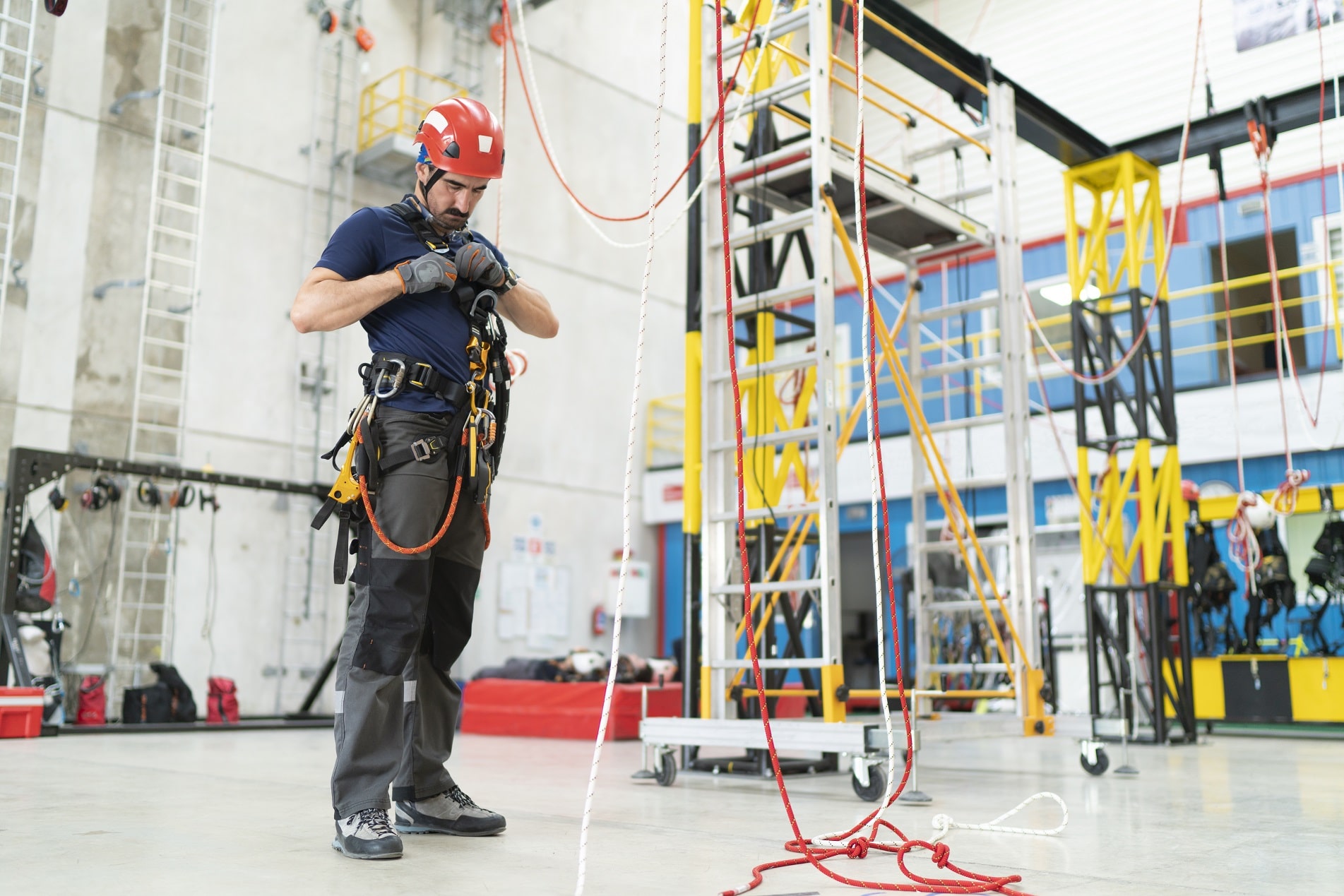How Do We Train for “Working at Heights” and What’s Involved
All employers in Australia must ensure their workers are trained for working at heights. This crucially important piece of legislation was introduced in QLD in 2011. It varies slightly from
State to State and Territory to Territory, but the regulations themselves are largely the same and all with one common goal, to prevent injuries and death. The act also protects those liable like employers, facilities managers, building owners and anyone else that controls work at height.
Anyone working at height must undergo Working at Heights safety training by an accredited RTO (registered training organisation).
How Do You Get Trained for “Working at Height”?
If you are self employed you would enrol yourself, but mostly employers will send their employees on the course at their expense. Most RTO’s will work closely with employers as one size does not fit all. A good RTO will understand the specific needs of a company and will structure the training around their company and their staff.
There are some simple entry requirements though. All students must be literate in the English language (no interpreters allowed). Students must also have a reasonable level of mental and physical fitness as there are physical performance requirements, so people with underlying injuries or ailments may find it difficult to access the training areas or wear a harness for extended periods.
How Long is “Working at Heights” Training Course?
The course takes 8 hours and is face to face with an instructor. Usually, courses are run at dedicated training facilities, but some larger companies can schedule training on their premises by arrangement. All students who pass will receive a Statement of Attainment recognised under the Australian Qualifications Framework. This certification is nationally recognised.
What does a Working at Heights Course Teach You?
The training involves the necessary skills and knowledge to safely and competently work safely at heights to industry, workplace health and safety and Australian standards. During the day you will be taught and tested on the following areas:
- Statistics
- Legislation and company procedures
- Risk Management
- Definitions and types working at height activities
- Equipment selection and correct use
- Anchor systems (including selecting anchorage)
- Fall restraint systems
- Fall arrest systems
- Work positioning systems
- Correct use of ladders and ladder safety training
- Rescue equipment and procedures
- Industry case studies
Further Training Courses and Qualifications
After achieving the “working at heights” training course this opens up pathways to other associated resources and infrastructure units and qualifications which in turn lead to new employment opportunities in civil, construction, resources, manufacturing, utilities and maintenance industries.
As you can see the training course is just one day, incredibly important and also a legal requirement for working at heights in Australia. Leading RTO’s like Link Resources have dedicated training facilities all across QLD with center’s in Sydney and Tasmania too making it easy to access.

